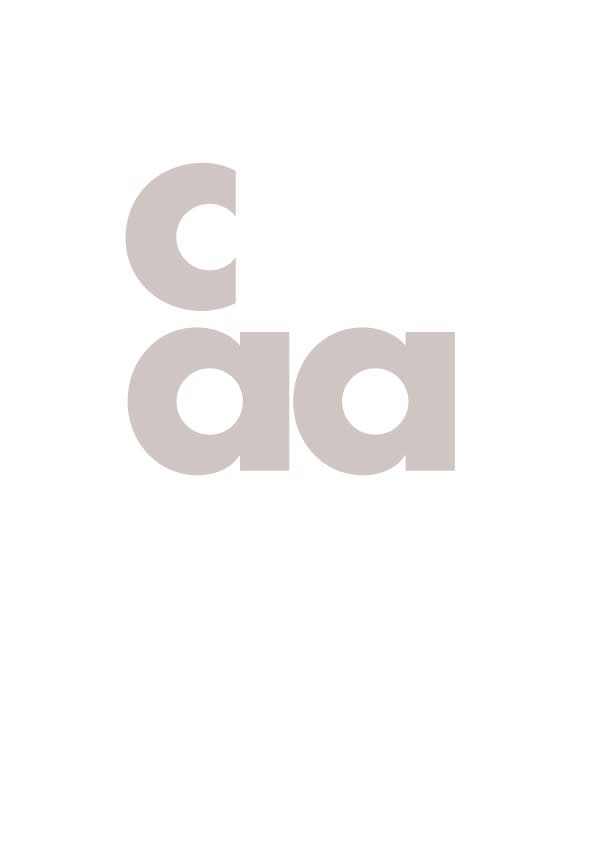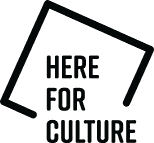Kuniko Maeda, a Japanese multidisciplinary artist based in London, exhibits MONO | KATACHI as part of London Craft Week.
The world is full of things. In Japanese, these things are all MONO. MONO can give the idea of an object, article, material, substance, possessions, property, belongings or anything. KATACHI translates as ‘form and design’, implying that art is synonymous with living, functional purpose and spiritual simplicity.
Kuniko seeks to explore the connections between nature and humans through the use of materials and anthropomorphic forms. She works with paper – often recycled – as well as leather and card. Her practice is rooted in material processes, with a strong influence in design aesthetics informed by her subject specialism: sustainable textile design and Japanese traditional woodcarving. By exploring the possibilities of materials and their unique properties, Maeda allows them to speak and embraces naturally formed abstraction.
“We consume paper every day. It is one of the simplest and the most indispensable materials in our life, yet at the same time, it is one of the least appreciated ones. It has such a short life due to its nature of accessibility and recyclability. I focus on revaluating its material life cycle and convert disposable, low-quality paper into long-lasting, high-quality artwork through the examination of Japanese Zen philosophy, traditional craft techniques and digital technology. Zen spirit underlies the beauty of nature and appreciation for materials, to find a value in the everyday, which is the main ethos of my practice. Through research into the creation of a long-lasting paper, I discovered Kakishibu paint, which is traditionally used in Japan for textile print stencils, wood, fishing nets and paper umbrellas. Kakishibu paint is made from persimmons, a natural coating, which is applied to paper, creating a waterproof effect that repels insects and increases its durability. I experimented making my own original Kakishibu paper using discarded paper to further extend and revaluate its material life. Even the lower quality papers I layered using Kakishibu, increased their durability and created a sheen finish. Even wrinkles turn into natural patterns on the paper by cherishing imperfections, serendipity and a respect for natural beauty. I merged this traditional process with laser cutting technologies to add a new value to my Kakishibu paper. The intricate and delicate processes enable a flat sheet to morph into organic and abstract 3D structures. The forms are inspired by our everyday surroundings and natural landscape.”




